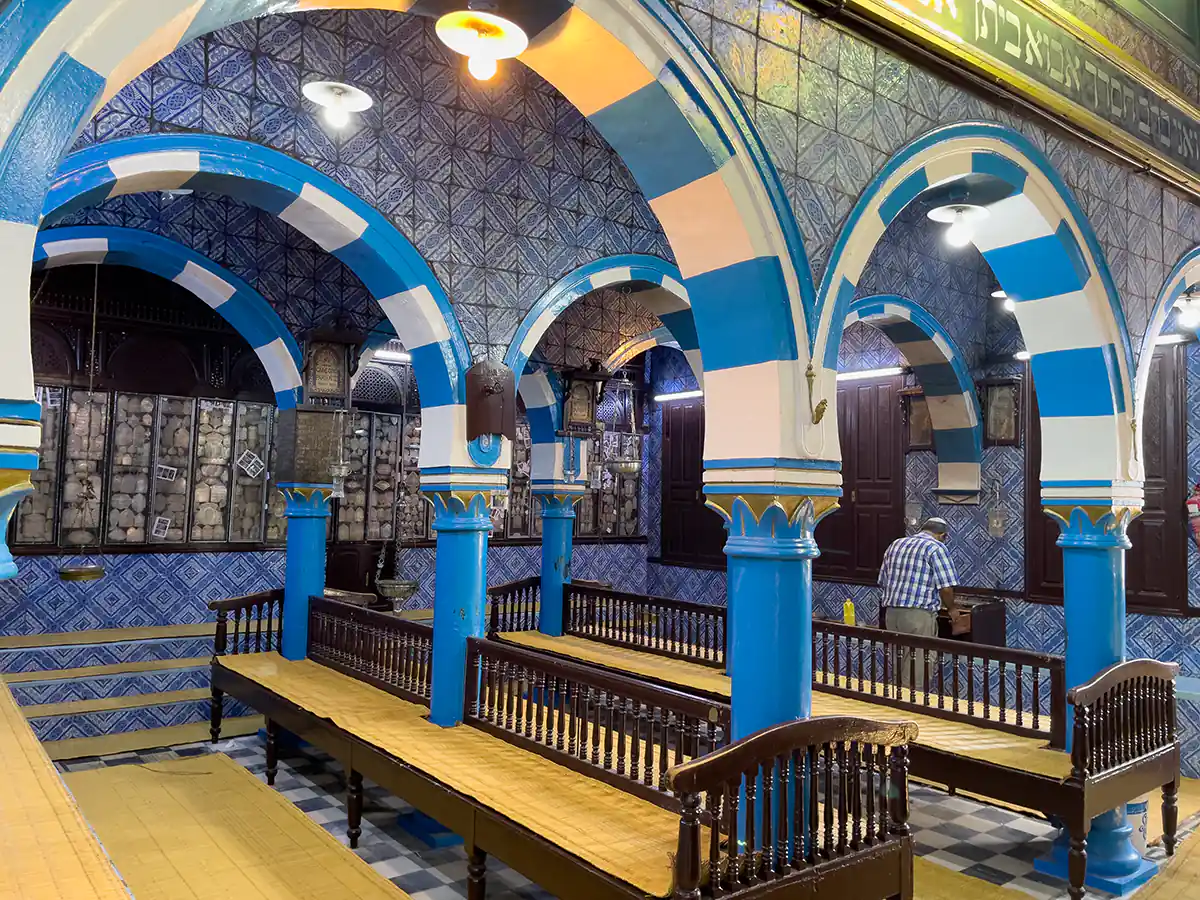Sacred Sites of Tunisia
Tunisia: Where Echoes of Carthage Meet Islamic Splendor
From the ancient ruins of Carthage to the vibrant medinas of its historic cities, Tunisia blends rich spiritual traditions shaped by Phoenician, Roman, Islamic, and Jewish influences. This North African nation boasts UNESCO World Heritage sites, revered mosques, and a unique pilgrimage destination for the Jewish community on the island of Djerba.
Sidi Oqba Great Mosque in Kairouan
Founded in the 7th century, the Great Mosque of Kairouan (also known as the Mosque of Uqba) is considered one of the holiest sites in Islam within the Maghreb region. Its magnificent architecture, prayer hall, and courtyard adorned with ancient columns make it a pilgrimage destination and a masterpiece of Islamic art and design.
Shrine of Sidi Sahab in Kairouan
In the holy city of Kairouan, the Shrine of Sidi Sahab (the Barber's Mosque) honors a companion of the Prophet Muhammad. Legend holds that Sidi Sahab carried strands of Muhammad's hair, further cementing the shrine's spiritual significance. Its intricate tilework and peaceful atmosphere attract both devotees and those seeking to appreciate its beautiful craftsmanship.
El Ghriba Synagogue in Djerba
On the island of Djerba, El Ghriba Synagogue (picured above) stands out as one of the oldest synagogues in Africa. It hosts a unique annual pilgrimage that brings together Tunisia's Jewish community and visitors from around the world for religious celebrations and a testament to centuries of vibrant Jewish life in North Africa.
Vestiges of Ancient Carthage
While less explicitly sacred in the present day, the ruins of ancient Carthage remain a potent reminder of early Phoenician settlements in North Africa. The site allows visitors to contemplate the legacy of a powerful civilization that once rivaled Rome and reflects the ever-evolving spiritual landscape of this region.
Diverse Influences in Tunis
Tunisia's capital, Tunis, showcases a mix of architectural influences evident in structures like the Zitouna Mosque and the Cathedral of St. Vincent de Paul. These buildings hint at the diverse religious mosaic that has shaped the city's history and culture.
Tunisia's sacred spaces reflect the intersection of various civilizations and faiths that have left their mark on the country. From UNESCO World Heritage sites to lesser-known shrines and synagogues, these places reveal the depth and enduring power of human spiritual expression.
Note:
It's vital to understand and respect customs and beliefs associated with individual sacred sites before any visitation. Seeking permissions and learning about appropriate behaviors demonstrates sensitivity and respect for local traditions.

Martin Gray is a cultural anthropologist, writer and photographer specializing in the study of pilgrimage traditions and sacred sites around the world. During a 40 year period he has visited more than 2000 pilgrimage places in 160 countries. The World Pilgrimage Guide at sacredsites.com is the most comprehensive source of information on this subject.

